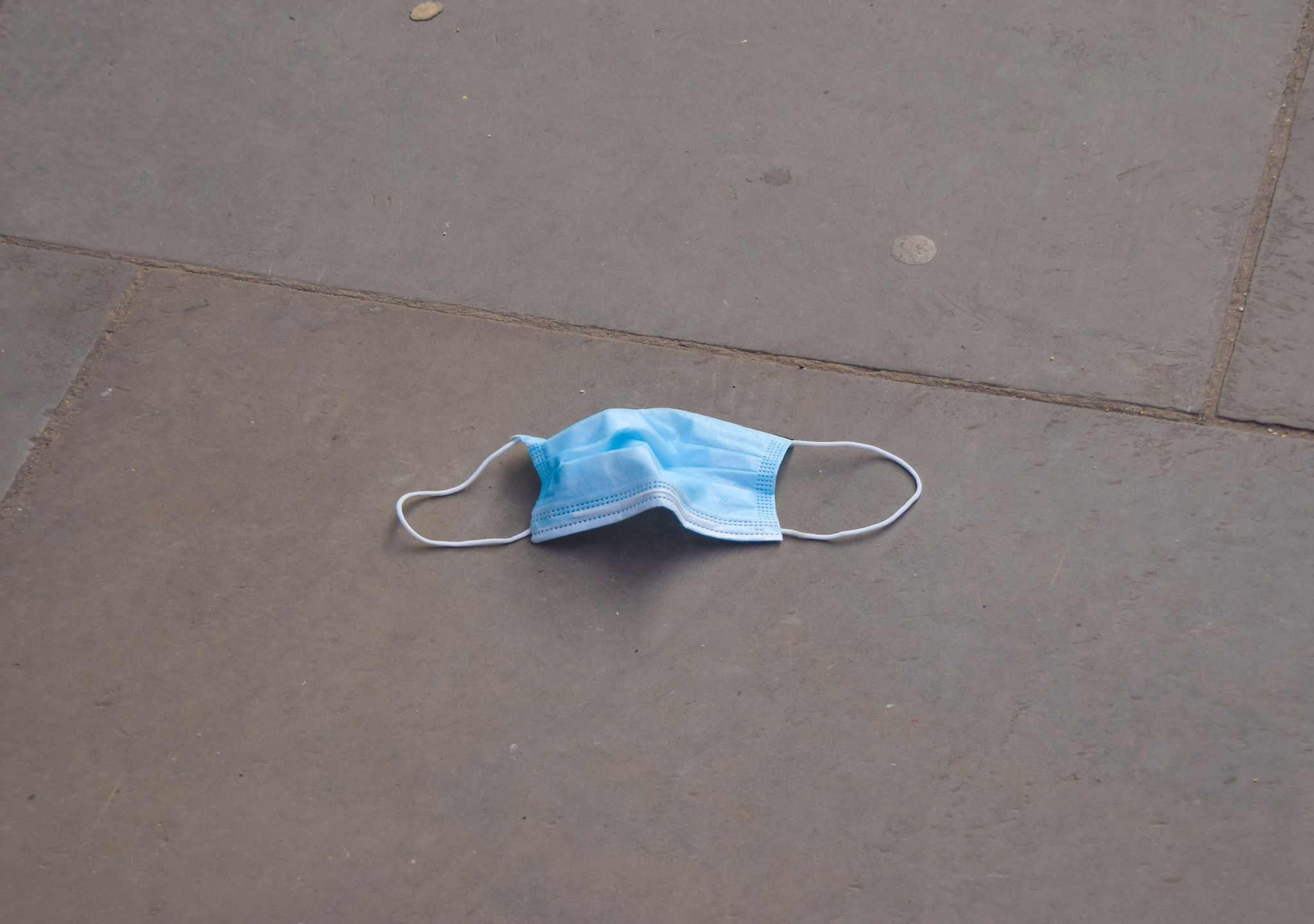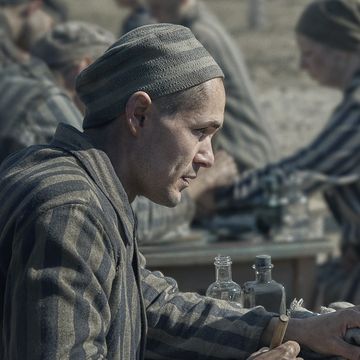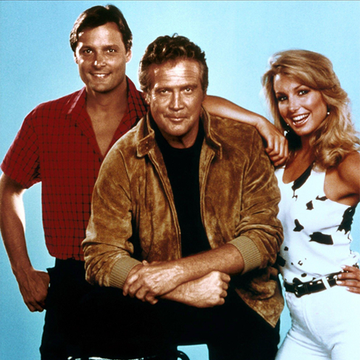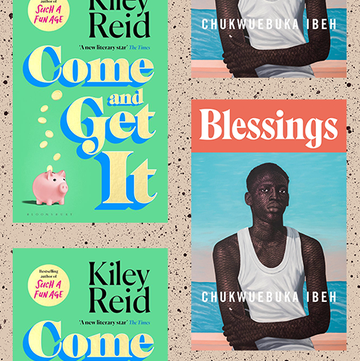For a man described as “one of the most significant photographers of our time” by MoMA, a pioneer of modern colour, the photobook and the Great American Road Trip, whose sensitive and astute eye has documented a western centre in flux – Andy Warhol’s Factory, the decaying steel towns of Pennsylvania, suburban ennui and the lonely plateaus of the frontier – Stephen Shore’s Instagram feed is… pretty boring.
Shot on an iPhone (not even a 12!) without any filters, borders or adornment, mostly in or around his homes in upstate New York and rural Montana, the photos presented to Shore’s 193,000 followers are reassuringly bland: a half-finished cup of tea; a mud-soaked Volkswagen wheel; snow; an aerial view of a Thanksgiving goose, pink and prepped for 200C . His small dog, Annabelle, makes regular appearances. Because Shore is a genius who sold his first series of prints to MoMA at the age of 14, this style is intentional, a spare riff on the slice of life aesthetic that made his name. Without the sepia sheen of Kodak film or a Leica lens, the 73-year-old's social media photos are stark, diaristic, granular and intimate. He likens them to small, daily haikus when held up to the sonnet of his more expansive and established work.
“I have always been interested in everyday experience,” Shore told Widewalls last year of his Instagram work. “It relates to an idea I had back then of what it might be like to pay attention to the average moments in your life, rather than just the dramatic moments. Attentiveness is self-awareness – you are aware of yourself paying attention.”
The last year has been a lot of things: sad, scary, frustrating, draining and also very, very, very boring. Twelve months in which those of us lucky enough to avoid the worst of Covid have been forced to pay attention to what is immediately around us. With the pleasures, stimulations and distractions of life ‘before’ mostly stripped away, social media and the photos we populate it with have become increasingly Shore-ean, diaristic and mundane. There are no holiday photos (unless you’re an influencer in Dubai for ‘work’… or Dua Lipa). Selfies and outfit pics feel redundant, a bit gauche. What’s the point? What are you doing? Photographic evidence of this period exists mostly in meal kits, bread, flowers, St John donuts, parked cars, shop signs, pets, pet nats and sunsets. All the everyday objects, creatures and scenes that populate our quotidian interior lives.
Which isn’t to say that boring is bad. Boredom is in the eye of the beholder. Boring can be beautiful, surreal and moving, a fact demonstrated by accounts like Super Ordinary Life, which is run by the Japanese blogger and photographer Yasumi Toyoda, who began, pre-pandemic, documenting things: shuttered windows, pavements and serendipitous shards of golden hour light falling on staircases, in London and then Tokyo. "I challenged myself to notice shadows or specific colours or things that I had been overlooking for years," Toyoda said in an interview with the Guardian last year. "I felt as though my routine filled everyday life was a kind of sensory dulling visual muzak. But boredom has its opportunities and for me it was a starting point for a personal mission to redefine the ordinary."
It makes sense that boring pictures are now relevant pictures, a trend cycle moving away from the meticulously cropped, edited, retouched and glossy era of personal branding and main-feed posts that have been core to the zeitgeist of the last few years. Reality as seen and lived is more interesting and relevant now. Juergen Teller, polarising king of the Boring Photo, caused a recent online furore after photographing the covers for W Magazine's 'Best Performances' issue. George Clooney stands awkwardly in bad jeans and worse shoes on an astroturfed lawn, inexplicably holding two small bicycles. Michelle Pfeiffer poses grimly in an underground carpark, while Riz Ahmed is sat on a camping chair with a white Prius in the background. Teller's detractors suggested that it was disrespectful, taking these glossy demigods of Hollywood (and James Corden) and sticking them in carparks and on the side of the pavement. How could you?
Clarifying his commitment to all things unrefined within his work, Teller told New York way back in 2008, “I’m interested in the person I photograph. The world is so beautiful as it is, there’s so much going on which is sort of interesting. It’s just so crazy, so why do I have to put some retouching on it? It’s just pointless to me."
It's been a year since lockdown was made official, and while it's mostly been quite shit, there have been some nice moments, the proverbial shards of light on the staircase. Hobbies discovered, friendships maintained, bread baked, commutes avoided, legacy television programmes finally watched. So many walks.
A chance, in a sense, to look around, smell the roses and maybe take a boring photo of them.
Like this article? Sign up to our newsletter to get more articles like this delivered straight to your inbox
Need some positivity right now? Subscribe to Esquire now for a hit of style, fitness, culture and advice from the experts














